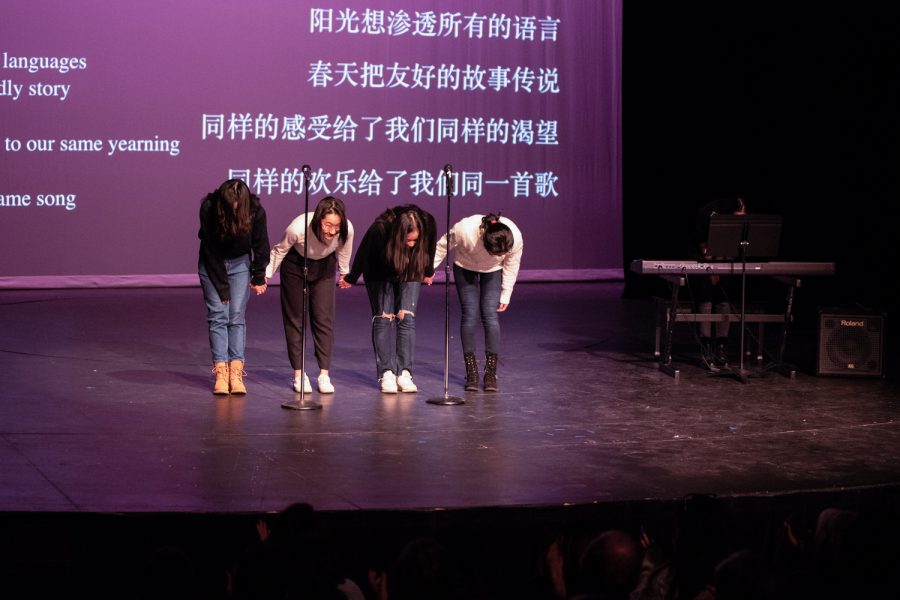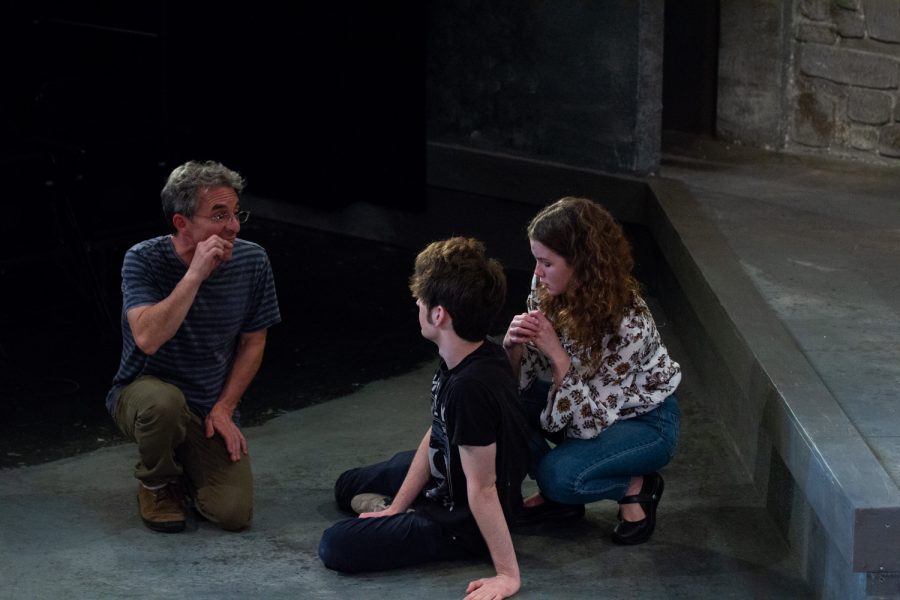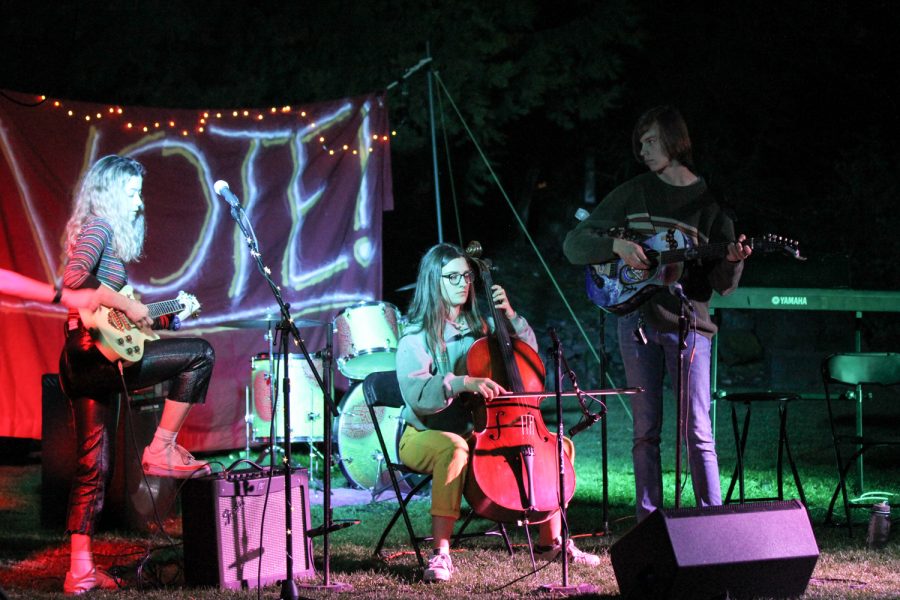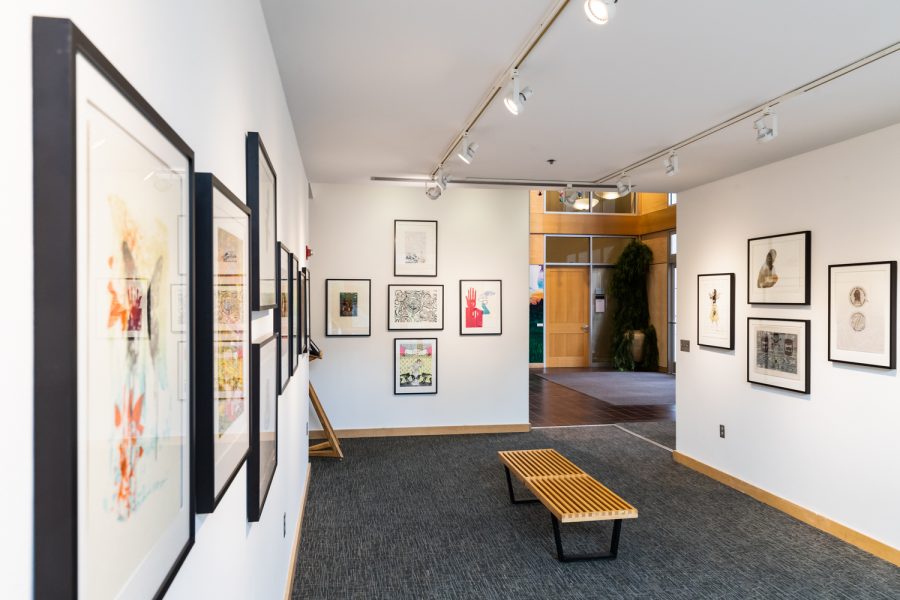On Oct. 15, Professor of Film and Media Studies Robert Sickels and junior Evan Martin showed their joint project, documentary “Seven Ways from Sunday,” to a packed Kimball Auditorium. The film, created this summer, is a collection of seven individuals’ experiences with ethnicity.
Sickels and Martin began work on the film in June of this year. They spent the summer shooting and editing footage. The pair would edit a scene immediately after shooting, combining the two processes into one time period.
The film was not always intended to be a documentary. Sickels and Martin originally planned to make a mockumentary featuring stuffed animal characters. However, after settling on the topic of appearance and race, the two decided that the subject matter was too serious for a comedic mockumentary. The gravity of the topic demanded a documentary.
“The real stories would lend it an authenticity that we couldn’t write … [It would be] very organic,” said Sickels.
The film is composed of seven short stories. Each story is told from the perspective of a different individual. The stories relate experiences involving appearance and race. One woman tells a story of being harassed and physically attacked on account of her ethnicity. Many individuals discuss how someone’s views on race makes them feel out of place or disconnected.
“[These are] smaller moments that take on great importance,” said Sickels.
The film itself focuses on small things within the shooting location. As each person relates his or her story, a stuffed animal, unique to each person, moves around in a small space, while the camera zooms and pans in a rapid sequence of close-up shots. Each shot seems to move rapidly, with the beat and rhythm of the music, creating a hectic, frantic feel. This style was intentional. Sickels intended this visual effect to mirror the experiences voiced in the documentary.
“One thing that people repeatedly say, in recalling these moments, is their feeling of losing their grip on the situation, that time speeds up and it just gets out in front of them,” said Sickels. “They know something that is not OK is happening but they can’t do anything … [We] wanted to convey that feeling of loss of control– of loss of self.”
When the story changes, the scene changes. Different locations and stuffed animals communicate to the audience that a new story is being told. The subjects of the film chose their own stuffed animal representations.
“We asked what their spirit animal was,” said Sickels.
Sickels and Martin chose to use stuffed animals instead of actual individuals as a ay of making the stories more easily accessible to viewers.
“[We wanted the] audience to recognize these moments, either as they happen going forward, or maybe as they happened … how they responded in these moments, and how they might respond going forward,” said Sickels.
The film screening last week left viewers in deep silence, even during the following question-and-answer session.
“People were so overwhelmed that they didn’t know what to ask at the time, and they probably had to go and think about it,” said Martin.
While diversity is the topic at the heart of the film, the project was conceived well before questions of economic diversity were raised on campus.
“[It was] not our intention to capture the mood of the college at the moment … but, in retrospect, it definitely did,” said Sickels.
Sickels and Martin are considering rescreening the film, in part due to the relevance to diversity issues on campus, and in part due to very little knowledge of the first screening.
A Whitman grant made the film possible. This grant, the Louis B. Perry Research Award, provides funding for faculty to conduct summer research with students. Sickels and Martin are grateful for the funding and opportunity to make this film.









